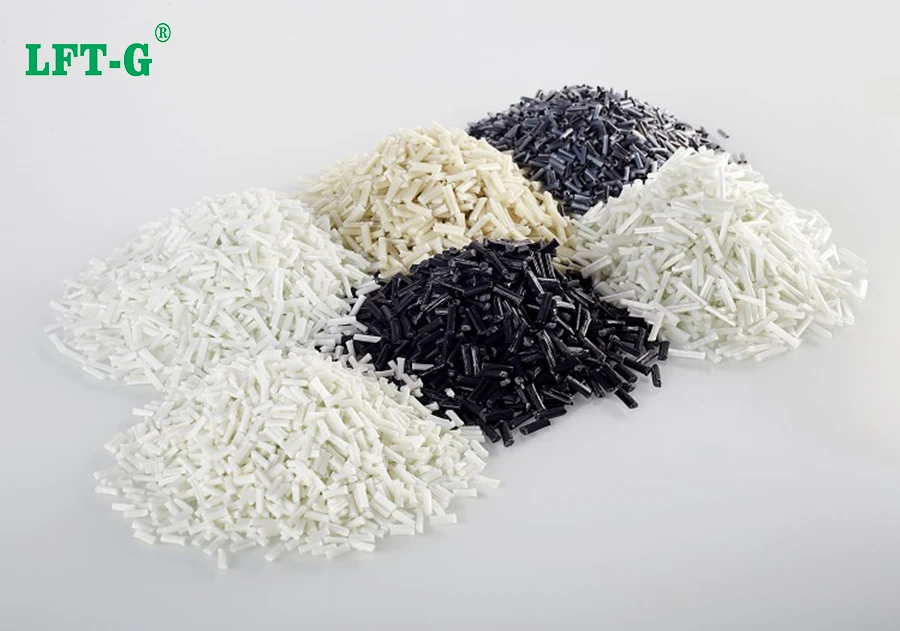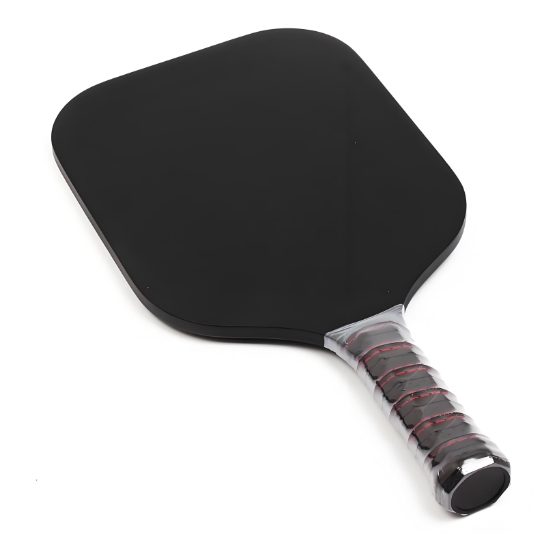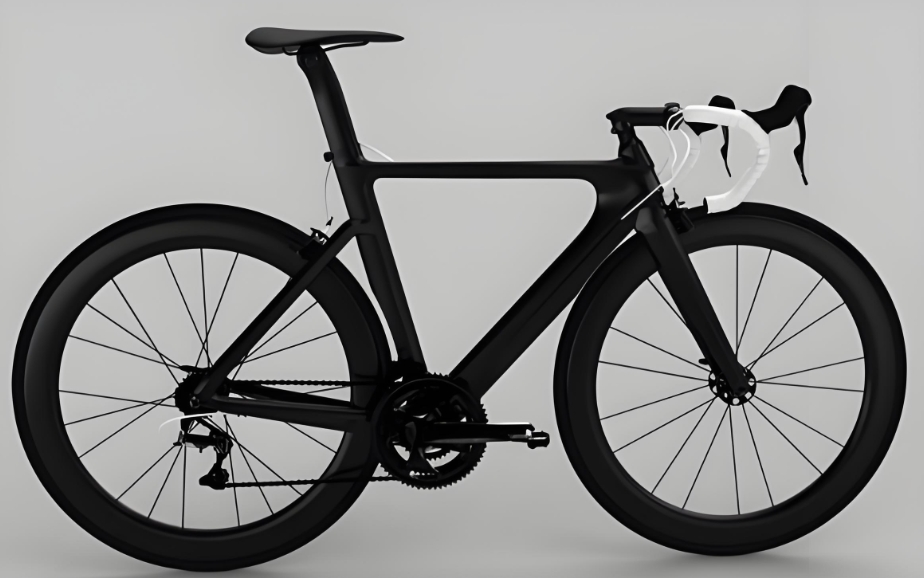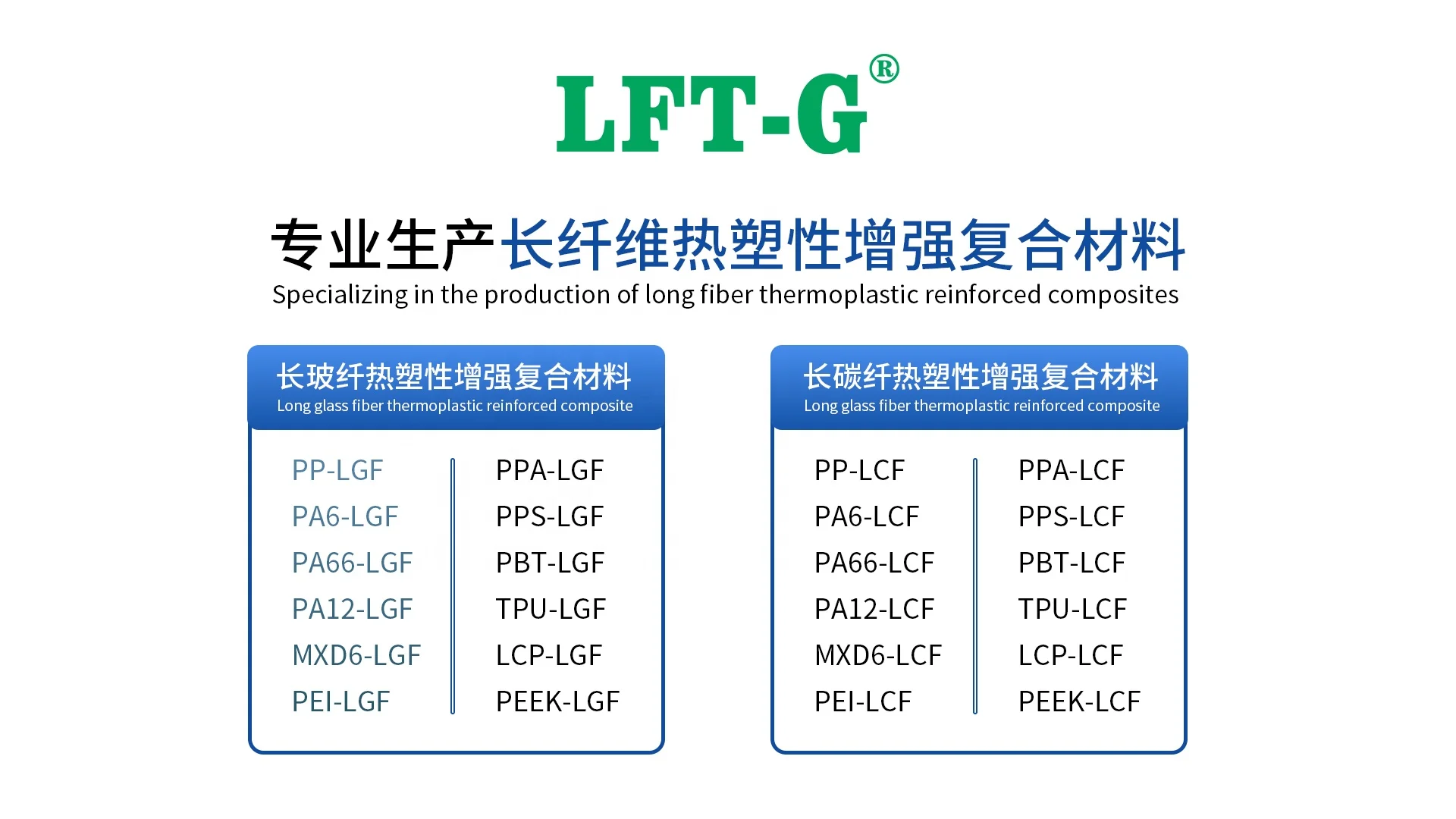new blog

1. Introduction
The market size and variety of sports equipment continue to expand, providing more choices for people's health and recreational life. At the same time, the research and application of composite materials have also made remarkable progress, bringing innovation and breakthroughs to all walks of life.
At the intersection of these two fields, it becomes an important research topic to explore the demand and trend of composite materials for sports equipment.
As people's enthusiasm for sports and fitness continues to rise, the demand for sports equipment shows a diversified and personalized trend. From traditional aerobic training equipment to high-tech smart fitness equipment, a wide variety of products have emerged on the market.
However, with the continuous evolution and innovation of sports equipment, the requirements for material performance are also increasing.
At the same time, the research and application of composite materials have made great progress. Composite materials have been widely concerned for their excellent properties, diverse functions and wide application fields. From high-strength composite materials to lightweight nanomaterials, from flexible elastomers to wear-resistant anticorrosive materials, new chemical materials have brought revolutionary innovations and breakthroughs to all walks of life.
In this paper, the potential and application prospects of composite materials in meeting the requirements of lightweight, high strength, wear resistance and durability of sports equipment are discussed in depth, so as to provide the industry with a comprehensive understanding of the demand and trend of composite materials for sports equipment, and provide useful references for future research and development.

2. Demand analysis of sports equipment for composite materials
2.1 Demand for lightweight and high-strength materials for sports equipment
The weight of sports equipment is crucial to the carrying and handling of athletes.
Lighter equipment can reduce the burden on athletes and improve their mobility and flexibility, resulting in better performance in competition.
For long periods of sports training and competition, lighter equipment can reduce fatigue and increase comfort, improving the endurance of athletes.
In addition, since sports equipment can withstand greater forces and shocks when subjected to sports activities, there is a high demand for materials with high strength and durability.
High strength materials can withstand greater loads and stresses, reducing the risk of deformation and breakage of the equipment, thereby improving the reliability and service life of the equipment.
2.1.1 Application Cases
A high-performance composite is a lightweight material that consists of a combination of two or more different types of materials. Common composites include carbon fiber reinforced polymer (CFRP) and glass fiber reinforced polymer (GFRP).
These materials have excellent strength and stiffness, while being lightweight, and are widely used in the manufacture of high-performance sports equipment such as golf clubs, bicycle frames and snowboards.
Tennis rackets, badminton rackets and table tennis rackets made of carbon fiber reinforced epoxy composite materials are light in weight and small in rigid strain, which can reduce the deviation of the contact time between the ball and the racket. At the same time, good damping helps to extend the contact time between the player and the ball, so that the hitting ball can obtain greater acceleration.
Relevant studies show that the contact time between the tennis racket and the ball made of carbon fiber reinforced epoxy composite material reaches 4.9ms, which is nearly 1 ms higher than that of the steel racket, so that the maximum initial speed of the tennis ball can reach 161 km/h, which is nearly 16 km/h higher than that of the steel racket. In this way, tennis players can get more excellent sports results. In addition, the application of composite materials significantly improves the service life and durability of the racket.
2.2 Demand for wear resistant and durable materials for sports equipment
Sports equipment often comes into contact with surfaces such as the ground, courts, and roads during use, so the demand for wear-resistant materials is high.
Wear-resistant materials can effectively resist friction and wear, extend the service life of the equipment, and maintain the stability of its appearance and performance.
In addition, sports equipment is subjected to frequent shocks, stresses and deformations during training and competition, so the demand for durable materials is high.
Durable materials can withstand large forces and shocks, reducing the risk of deformation, breakage and breakage of the equipment, thereby extending the service life of the equipment and improving its reliability.
2.2.1 Application Cases
High performance polymers with excellent wear resistance and durability are widely used in the manufacture of sports equipment.
Modified polyethylene materials are widely used in ball and water ice sports equipment, helping to protect the impact resistance, heat resistance and shock absorption properties of sports equipment, while providing a good sports experience to ensure that athletes are safe and injury-free.
Advanced composites combine the advantages of different materials with high wear resistance and durability. For example, CNT-PDA- carbon fiber cloth/epoxy resin composite material has excellent wear resistance, can maintain excellent hydrophobic properties after friction and wear, even if the carbon fiber breaks, the damping effect of epoxy resin material can prevent the overall failure of the material; The presence of carbon fiber can also prevent the crack of epoxy resin from continuing to expand, which is a rare advantage in the manufacture of sports equipment.

3. Trend analysis of sports equipment on composite materials
3.1 Impact of sports equipment innovation and technological development
The technological innovation of sports equipment has played a role in promoting and leading the demand for new materials.
With the continuous improvement of the function of sports equipment and the change of user needs, the requirements for material properties are also increasing.
The development and application of new materials can meet the needs of a new generation of sports equipment, achieving higher performance, better safety and better user experience.
At the same time, carbon fiber epoxy resin composite material, in the use of the process will not volatilize or release toxic and harmful substances, and material recovery is convenient, can be recycled again processing and utilization, raw materials and production and processing costs are not high, and economic benefits are obvious.
3.2 Application prospect of composite materials in the field of sports equipment
3.2.1 Influence of the development and application of composite materials on sports equipment
The development and application of composite materials has had a revolutionary impact on sports equipment.
Through the introduction of advanced material science and engineering technology, sports equipment has made significant breakthroughs in lightweight, strength enhancement, impact resistance, wear resistance, and high temperature resistance.
The application of new lightweight materials makes sports equipment more lightweight and flexible, while providing excellent strength and rigidity.
New materials such as carbon fiber composite materials and high-strength polymers are widely used in the manufacture of bicycles, golf clubs, snowboards and other equipment, significantly improving the performance and handling of sports equipment.
On the basis of ensuring the function of sports equipment, reducing the quality of materials helps to reduce the consumption of athletes' physical energy, reduce environmental resistance, and further improve the performance of athletes. For example, every 1 kg reduction in the mass of the bicycle used in the 20km road bicycle race can improve its final performance by 20 to 30 seconds.
The development of impact resistant materials has significantly improved the safety of sports equipment. Sports such as skiing, surfing and football are often accompanied by high intensity impact forces, and new impact resistant materials, such as polymer materials, can effectively absorb and disperse impact forces, which can protect athletes from injury.
In addition, the application of heat-resistant materials allows some sports equipment to be used in extreme conditions, such as motorsports in high-temperature environments. At the same time, the development of waterproof materials has improved the performance of water sports equipment, and the application of wear-resistant materials has extended the service life of the equipment.
Therefore, the development and application of composite materials for sports equipment has brought lightweight, strength improvement, impact resistance, wear resistance, high temperature resistance and other breakthroughs, improve the performance and safety of sports equipment, provide athletes with better experience and performance opportunities, and promote the development and progress in the field of sports.

3.2.2 Potential application areas and opportunities of composite materials in sports equipment manufacturing
Composite materials have a wide application prospect in the field of sports equipment.
Through the development and application of composite materials, the performance, safety and environmental performance of sports equipment can be improved.
In the manufacturing of sports equipment, composite materials can be applied in the fields of lightweight materials, flexible materials, high-strength materials and environmentally friendly materials to meet users' needs for comfort, durability, safety and environmental performance.
These application areas and opportunities will drive continued innovation and development of composite materials in the field of sports equipment, some of which are analyzed here.
Lightweight materials are of great significance in the manufacture of sports equipment. The development of composite materials can provide lighter and stronger materials to reduce the weight of the equipment and improve the portability and comfort of use. Materials with high flexibility and elasticity are also available to meet the user's needs for comfort and flexibility.
High-strength materials are crucial in the manufacture of sports equipment, increasing the durability and safety of the equipment.
The research and development of composite materials can provide high-strength and high-toughness materials to meet the performance requirements of anti-wear, anti-impact and other sports equipment manufacturing.
The application of environmentally friendly materials meets the requirements of society for sustainable development and environmental protection. The research and development of composite materials can provide degradable materials, recyclable materials, low-toxicity materials, etc., to reduce the impact of sports equipment on the environment and meet the goals of sustainable development.
